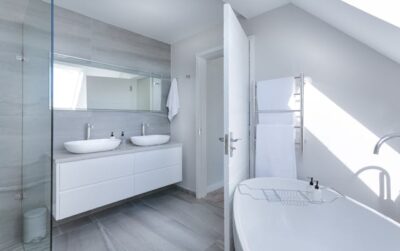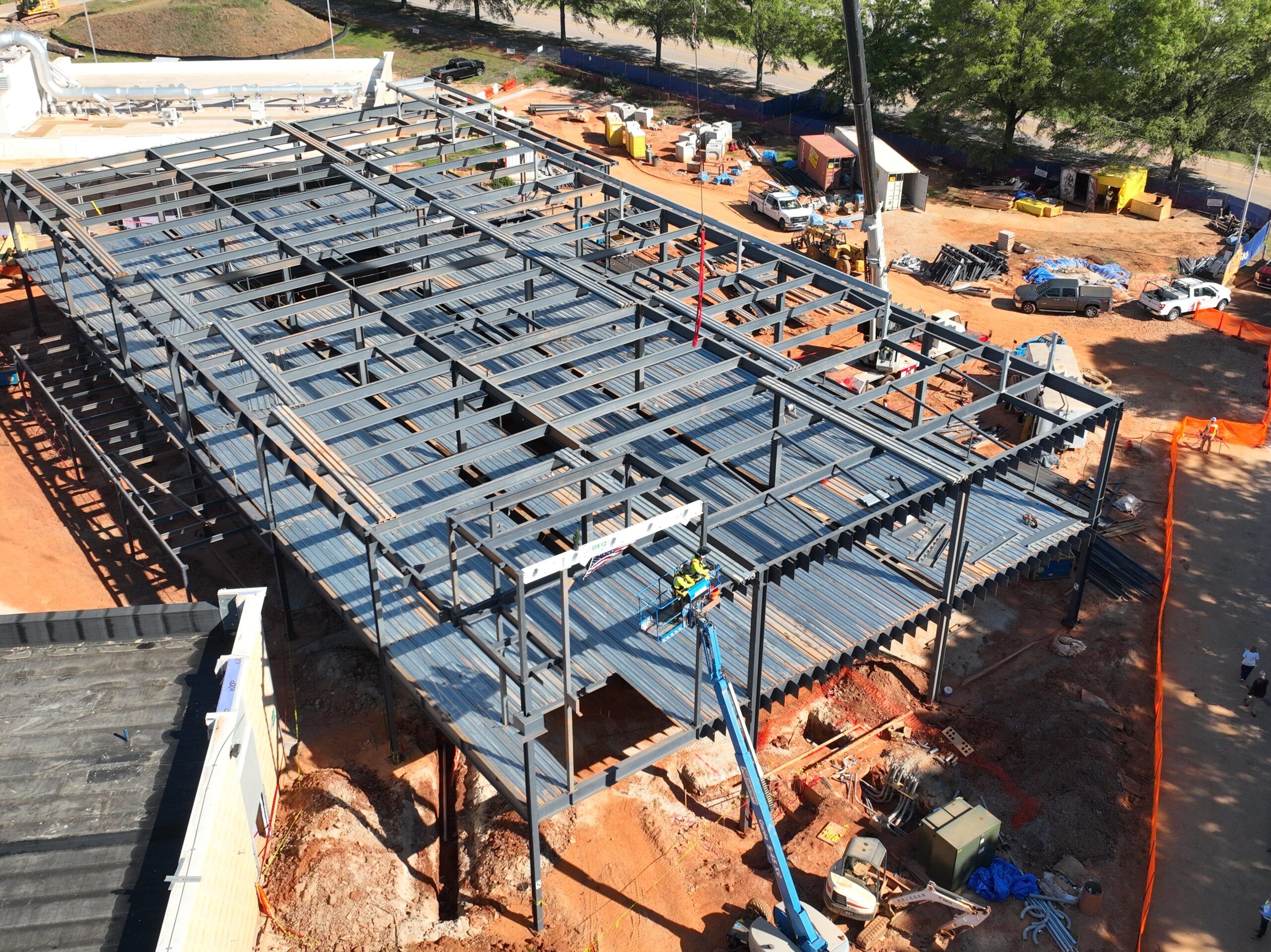Making your home more accessible is not just about convenience; it’s a crucial step towards ensuring safety and independence for everyone, especially those with mobility issues. By making a few thoughtful adjustments, you can transform your living space into a safer, more comfortable environment that accommodates the needs of all family members and visitors. The benefits of such modifications are immense, ranging from reducing the risk of accidents to boosting the everyday quality of life for individuals who face physical challenges.
This guide will walk you through simple, actionable steps to enhance the accessibility of your home, ensuring that each solution is straightforward and manageable.
1. Widen Doorways
One of the first steps to making your home more accessible is to widen the doorways. This modification is essential for anyone using a wheelchair or walker, as standard doorways can be too narrow to pass through comfortably. To determine if your doorways need widening, measure the existing width and compare it to the recommended 32 inches minimum. If you find that the doorways are too narrow, removing the existing frames and installing wider ones can be an effective solution. Additionally, consider pocket doors or sliding doors as alternatives, as they require less space than traditional swinging doors.
2. Install a Walk-in Shower
Bathrooms are critical areas that often need updates to improve home accessibility. Installing a walk-in shower can significantly enhance safety and independence for individuals with mobility limitations. Unlike traditional bathtubs, walk-in showers eliminate the need to step over a high threshold, reducing the risk of slips and falls.
Opt for showers with flat or gently sloping entrances and non-slip flooring. Additionally, incorporating grab bars in and around the shower can provide extra support and stability, making the bathroom safer for everyone. Look up the keyword best walk-in showers to find products that are right for your bathroom.
3. Enhance Lighting
Proper lighting is vital in creating a safe, accessible home environment. Poor lighting can lead to accidents, especially for those with limited vision. Start by assessing the lighting in key areas such as hallways, staircases, and bathrooms. Upgrade these areas with bright, evenly distributed lights to eliminate shadows and glare. Consider options like LED lights that offer a bright, energy-efficient solution. Also, installing motion-sensor lights can improve convenience and safety by automatically illuminating areas as needed, which is particularly helpful for those who may have difficulty with traditional light switches.
4. Install Ramps
For homes with steps at the entrance or between levels, ramps are a necessary addition to ensure accessibility for wheelchairs and walkers. When installing a ramp, it’s important to consider the material and slope. A gentle incline of 1:12 (for every inch of height, twelve inches of length) is typically recommended. Materials like aluminum or treated wood can provide durability and safety. Ensure the ramp has a non-slip surface and handrails to aid in navigation and balance. Ramps can be aesthetically pleasing too, designed to complement your home’s exterior.
5. Modify Kitchen Layouts
Creating an accessible kitchen is vital for individuals who use mobility aids such as wheelchairs. Start by ensuring that pathways and spaces between counters are at least 42 inches wide to allow easy maneuverability. Lower countertops and pull-out shelves can make kitchen tools and ingredients more accessible. Consider installing appliances that are positioned for easy reach; for instance, side-by-side refrigerators and wall ovens at sitting-height can significantly enhance usability. Faucets with lever handles or touchless technology can also help those with limited hand strength. By rethinking the layout and the appliances, you can make the kitchen a safer and more enjoyable space for everyone.
6. Accessible Door Handles and Locks
Traditional doorknobs can be difficult for people with arthritis or limited hand mobility to use. Replacing them with lever-style handles allows for easier operation, as levers can be pushed down with an elbow or forearm when hands are full or mobility is limited. Additionally, consider installing electronic keypads or smart locks that can be operated remotely. These changes not only enhance accessibility but also improve security, allowing residents to lock and unlock doors more conveniently and safely.
7. Use Smart Home Technology
Incorporating smart home technology can greatly increase the accessibility of your home. Voice-activated devices such as smart speakers can control lights, thermostats, and other appliances, reducing the need to move around or handle small controls. Automated systems can be programmed to adjust the lighting based on the time of day or to open and close curtains, helping to maintain a comfortable environment with minimal effort. This technology not only assists those with physical limitations but also adds a layer of convenience that all residents can appreciate.
8. Adjust Furniture Placement
To maximize mobility and accessibility within the home, rearrange furniture to create wide, clear pathways. Ensure that there is ample room around furniture for a wheelchair or walker to pass through easily. In living areas, place sofas and chairs in a circular arrangement to facilitate conversation without the need to move around too much. Also, secure loose rugs or remove them entirely to prevent trips and falls. These simple adjustments can make a significant difference in the functionality and safety of your home.
9. Create Rest Areas
For homes with long hallways or multiple stories, establishing designated rest areas can be a helpful modification. These areas should include comfortable seating and a small table, ideally situated near a window or in a quiet corner of the home. They provide a place to stop and rest, reducing the strain of moving through large or multi-level homes. Rest areas are not only practical for those with limited stamina but also create inviting spaces for relaxation and enjoyment within the home.
Conclusion
Making your home more accessible is a compassionate and proactive approach to accommodate all individuals, regardless of their physical capabilities. The modifications we’ve discussed—from widening doorways to installing smart home technology—can significantly enhance the safety, independence, and comfort of your living space. These changes not only make practical sense but also promote inclusivity, ensuring that everyone, whether aging in place, recovering from injury, or living with a disability, can enjoy a higher quality of life at home.
Remember, while the idea of home renovations might seem daunting, the process can be tackled gradually. Start with smaller projects, such as replacing doorknobs or organizing furniture, and work your way up to larger modifications like installing ramps or stair lifts. Each step you take makes your home more welcoming and accessible. By making these thoughtful adjustments, you’re building a more inclusive world, one room at a time.












